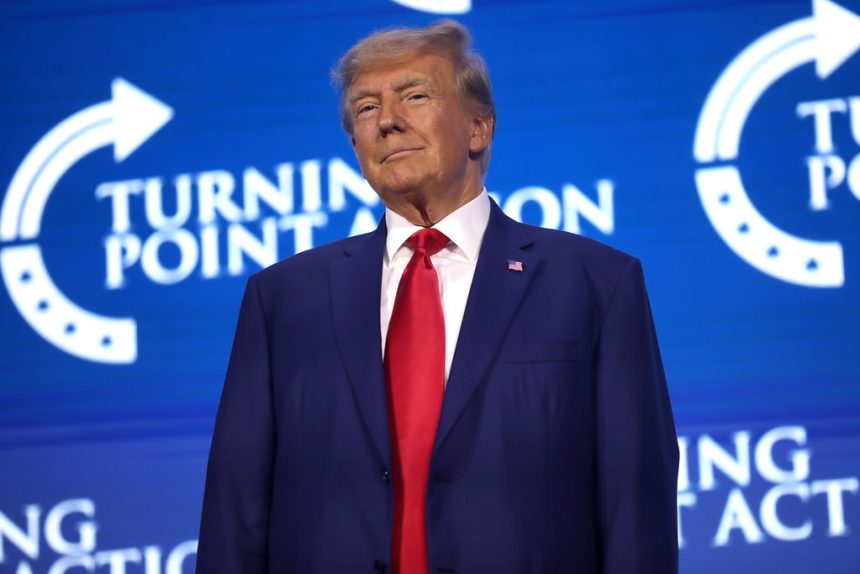Trump’s “Reciprocal” Tariffs Come into Force
On August 7, 2025, a sweeping wave of U.S. tariffs under President Donald Trump officially took effect, targeting goods from approximately 66 countries—including Taiwan and the Falkland Islands—with rates ranging from 10% to 50%. Key sectors like pharmaceuticals and computer chips face significantly higher duties, with tariffs reaching 200% and 100%, respectively.
Country‑by‑Country Impact Varies Dramatically
The new tariff regime, known as “reciprocal tariffs,” applies on top of existing duties and varies sharply by nation. For example:
- Syria now faces a combined rate of 41%.
- India could see tariffs rise to 50%, especially tied to its Russian oil imports.
- Brazil faces a total rate of 50%, including a 40% levy linked to political tensions.
Meanwhile, the UK faces a relatively modest 10% increase, and the EU negotiators managed to cap some rates—sticking close to a baseline of 15%. Several nations—including Japan, South Korea, Thailand, Cambodia, Vietnam, Indonesia, the Philippines, Pakistan, and the UK—secured lower rates or temporary relief through last-minute negotiations.
Economic Fallout: Inflation, Industry Headwinds, and Market Turmoil
Trump frames the tariffs as a means to revitalize U.S. manufacturing and reduce the trade deficit. He asserted that “billions of dollars” would flow into the U.S. as a result.
However, fears of inflation and economic disturbance are mounting:
- Higher import costs are expected to be passed onto consumers and businesses.
- Key industries—especially in Brazil (coffee exporters) and parts of Asia—are bracing for export challenges.
- Toyota, a major global auto player, anticipates a $9.5 billion financial hit due to the tariffs.
Stock markets reacted nervously, with analysts warning of disrupted supply chains and caution around business investments.
The Road Ahead: A Trade Landscape Remade?
This move signals a sharp shift toward protectionism and pressure tactics in U.S. trade policy. While the aim is to rebalance trade and boost domestic capacity, global economic integration faces growing uncertainty. As nations and industries assess damage and explore retaliation or negotiation, the broader impact on pricing, supply chains, and global growth remains to be seen.










